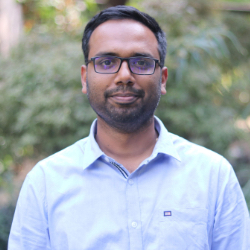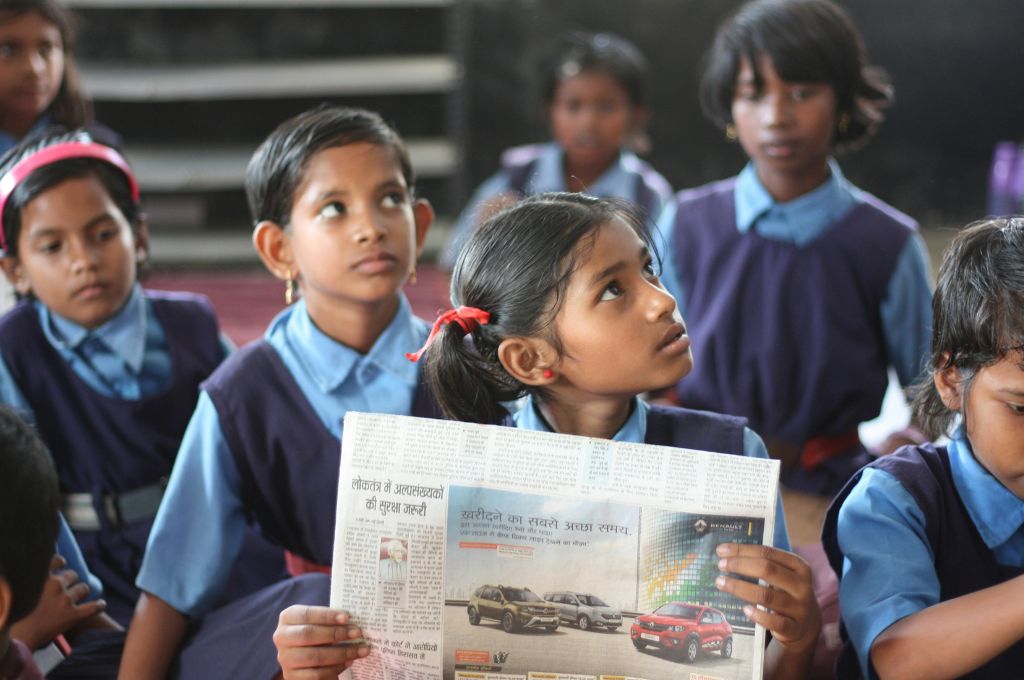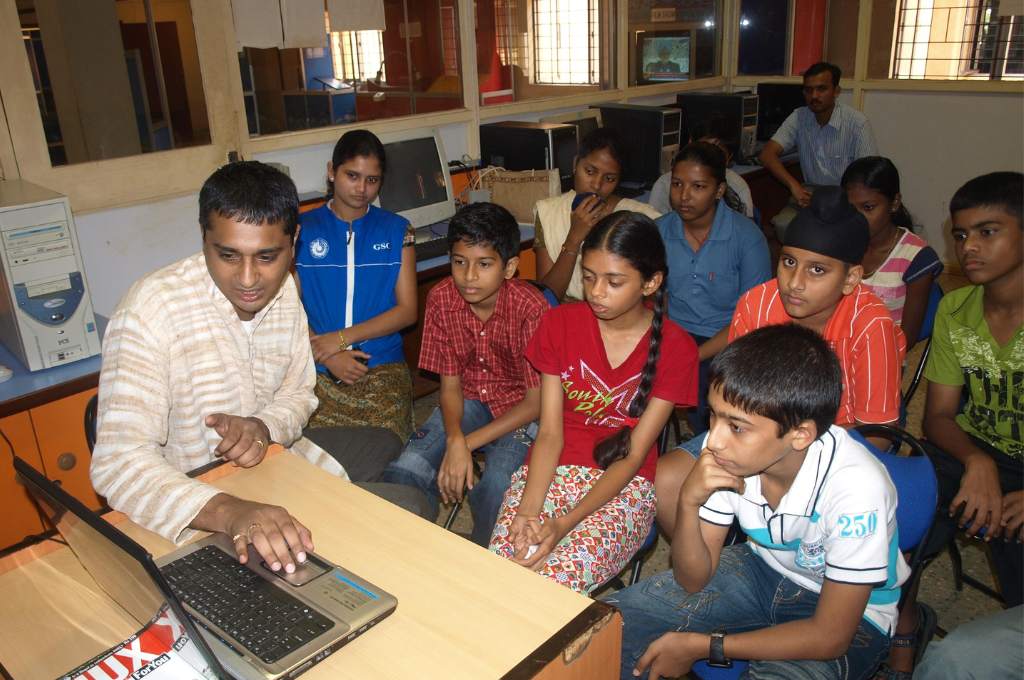On 31st May, 2019, the draft National Education Policy (NEP) developed by a committee chaired by K. Kasturirangan, was shared by the Ministry of Human Resource Development (MHRD). The policy is open for public comments and review till 30th June, 2019. Amongst other things, it has suggested a comprehensive review of the RTE policy, including Section 12.1.c, which promotes diversity in private unaided schools, by allocating 25 percent of seats in entry classes (Nursery, Pre-K and Grade 1) to disadvantaged children.
“The large amounts of money and effort spent on implementing this clause may be more effectively spent,” the NEP authors suggest, “by investing the money on the public schooling system–particularly in disadvantaged areas–which would directly support many more students from underprivileged backgrounds in a sustainable manner.”

For less than one percent of the per child spending on residential schools for disadvantaged children, the government can enable bridging social capital for all disadvantaged children across India | Picture courtesy: Pexels
The authors are arguing for monies to be effectively reallocated to disadvantaged areas, instead of targeting disadvantaged children across India. I think there is no evidence to suggest that such an allocation mechanism is more effective for social mobility of disadvantaged children. In fact, there is evidence that RTE Section 12.1.c might be more effective in realising this spirit. (Full disclosure: I lead Indus Action, which is focused on effective implementation of RTE Section 12.1.c)
‘Social capital’ is an academic term used to capture the value that humans generate through their social interactions. It is the norms and networks that enable people to act collectively and build a cohesive society. Robert Putnam, Public Policy Professor at Harvard, in his book ‘Bowling Alone’, surveys the decline of social capital in the United States since the 1950s. In this seminal book, he makes a distinction between ‘bonding social capital’ and ‘bridging social capital’. The former refers to social networks among homogenous groups (people whom we believe are like us) and the latter refers to social networks among heterogeneous groups (people whom we believe are unlike us).
Though Putnam highlights the merits of building social capital in providing individuals with support, he emphasises that though bonding social capital is crucial for ‘getting by’, it is bridging social capital that is crucial for ‘getting ahead.’ Having bridging social capital provides us better linkage to external assets and critical information in society. Segregated housing and schools in the US, among other factors, led to this decline of social capital in the US since the 1950s.
Though ‘bonding social capital’ is crucial for ‘getting by’, it is ‘bridging social capital’ that is crucial for ‘getting ahead.’
In the context of disadvantaged children in India, this is a useful framework to think about creating support structures of social mobility. While investment in disadvantaged areas might create bonding social capital for the targeted children, there are significantly more cost-effective ways to create bridging social capital, to break poverty cycles and foster inclusion.
For less than one percent of the estimated per child spending (INR 10,000 per annum) being allocated to the residential schools for disadvantaged children, the Indian government can enable bridging social capital for all disadvantaged children across India. RTE Section 12.1.c is estimated to benefit 2.2 million children every year across India, making our classrooms more inclusive and our schools socially diverse.
Instead of shifting attention to infrastructure schemes involving significant outlays, it makes economic and social sense to put our energies behind making the landmark policy work. Recent rigorous studies of the effects of this RTE policy suggest benefits for both sets of students. While the well-endowed children studying in heterogeneous classrooms are more likely to volunteer for nation building compared to their friends in homogeneous classrooms, the 25 percent disadvantaged children have shown significant gains in self-efficacy, a belief in one’s ability to succeed. This early longitudinal evidence is consistent with Putnam’s findings in the US context: bridging social capital benefits everyone involved.
While MHRD considers reviewing RTE Sec 12.1.c implementation this year, it must consolidate on the gains made since the 2012 Supreme Court judgement in Society of unaided schools in Rajasthan vs Union of India, where the court clarified the balance in principles of autonomy and social responsibility for private schools. The committee must reconsider their recommendations in light of this landmark judgement.
The private sector has a mandatory role to play in promoting constitutional values like justice and fraternity in an unequal society.
The private sector has a mandatory role to play in promoting constitutional values like justice and fraternity in an unequal society. Bridging India’s societal fault lines of caste, class, gender, sexuality, and religion is hard work and cannot be done overnight. It will not happen in five years of implementation of a progressive policy, which is ambitious in its spirit to create inclusive classrooms. The government must persist with RTE Section 12.1.c through its teething issues, just like it did for the 2 percent CSR clause and the GST roll out.
Let’s not throw the baby out with the bathwater.




